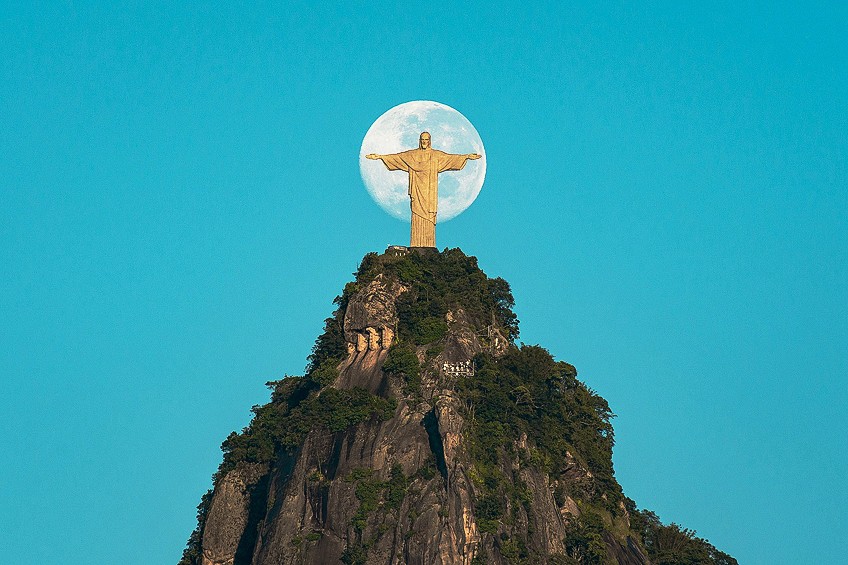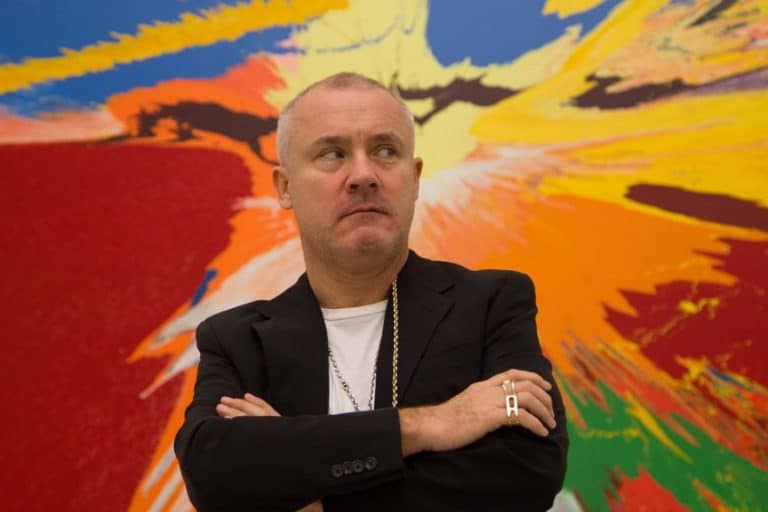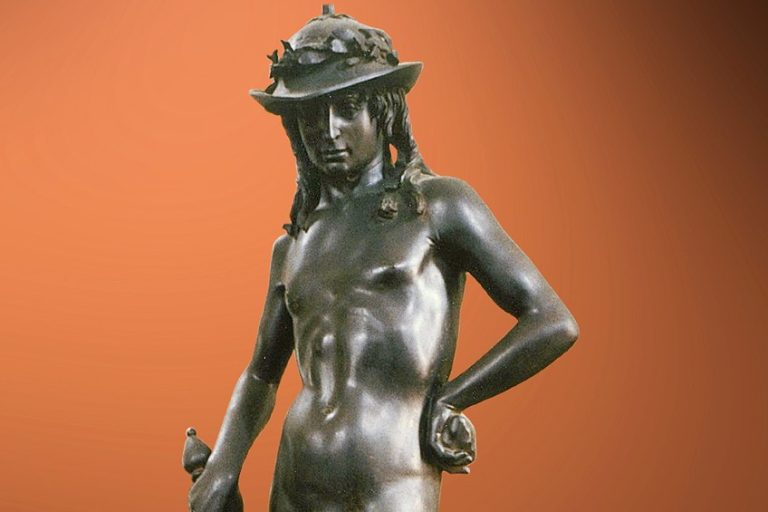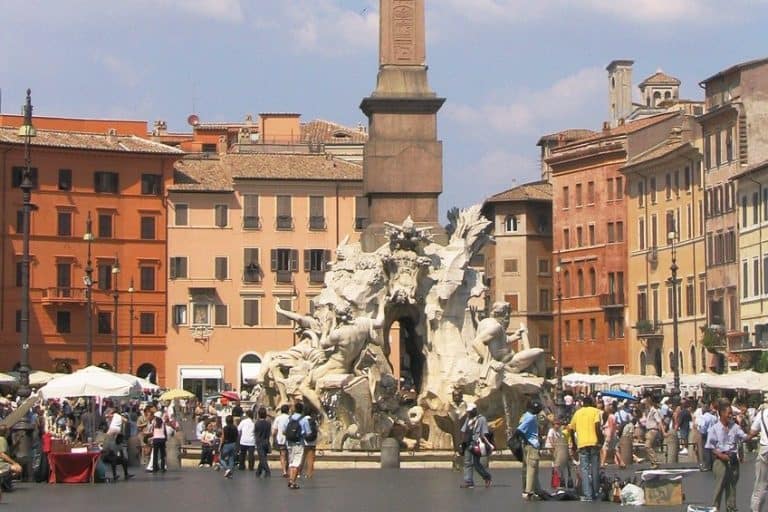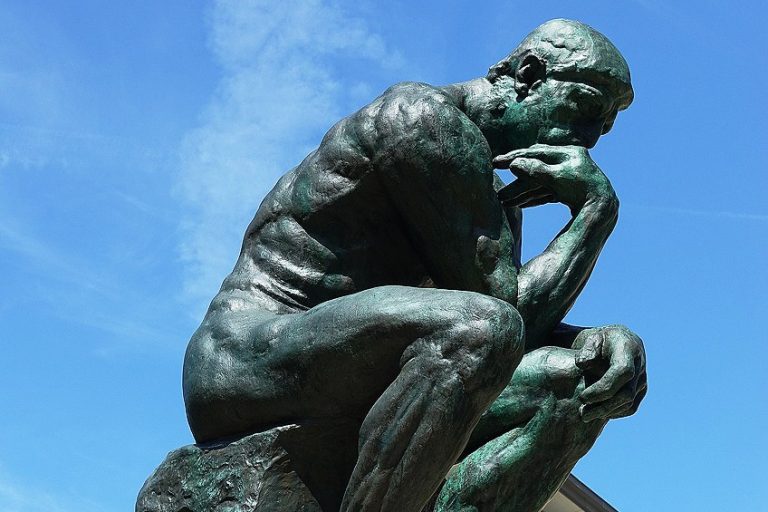“Christ the Redeemer” Statue – An Analysis of the Giant Jesus Statue
The Christ the Redeemer statue, the giant Jesus statue in Brazil, is also known as the Cristo Redentor in Portuguese. Mount Corcovado, which is commemorated in folk and contemporary songs and rises above Brazil’s largest port city, is home to the famed Rio de Janeiro statue. The construction of the Jesus Christ statue in Brazil was completed in the year 1931. The Brazilian statue is not only symbolic of Rio de Janeiro and Brazil as a whole, but it is also one of the seven Modern Wonders of the World.
Table of Contents
The Story of the Christ the Redeemer Statue
The famous Rio de Janeiro statue is the earth’s biggest Art Deco-style artwork. The giant Jesus statue in Brazil is composed of strengthened concrete and is coated in a patchwork of thousands of triangle tiles made from soapstone.
It rests on a stone pedestal foundation that is roughly 8 meters in height and is located on a platform above the mountain’s peak. It was designed by sculptor Paul Landowski in 1931.
Paul Landowski (1875 – 1961)
| Nationality | French |
| Date of Birth | 1 June 1875 |
| Date of Death | 31 March 1961 |
| Place of Birth | Paris, France |
On the 1st of June, 1875, Paul Landowski was born in Paris. He finished his secondary education at Collège Rollin, where he gained a comprehensive literary grounding. He encountered the authors who would become his heroic inspirations – Shakespeare, Aeschylus, and Hugo – as well as the other whimsical, sensuous face of antiquity.
Landowski also discovered Flaubert, who epitomized the dedication that he saw as the designer’s work ethos in his own pantheon. He specialized in philosophy and intended to produce verse play.
He encountered Henri Barbusse in his first year of a preparatory school in 1892. They were lifelong friends and shared a fierce humanism, though not the same political commitment. Landowski began to draw more and more as his profession developed. In 1893, he enrolled at the Académie Jullian, where he trained under the academic painter Jules Lefebvre, a rigorous lecturer who may have contributed to Landowski’s expertise in portraits and nudes. Simultaneously, he witnessed daily autopsies for the anatomical plates Professor Faraboeuf had given him to sketch for his Medical School courses.
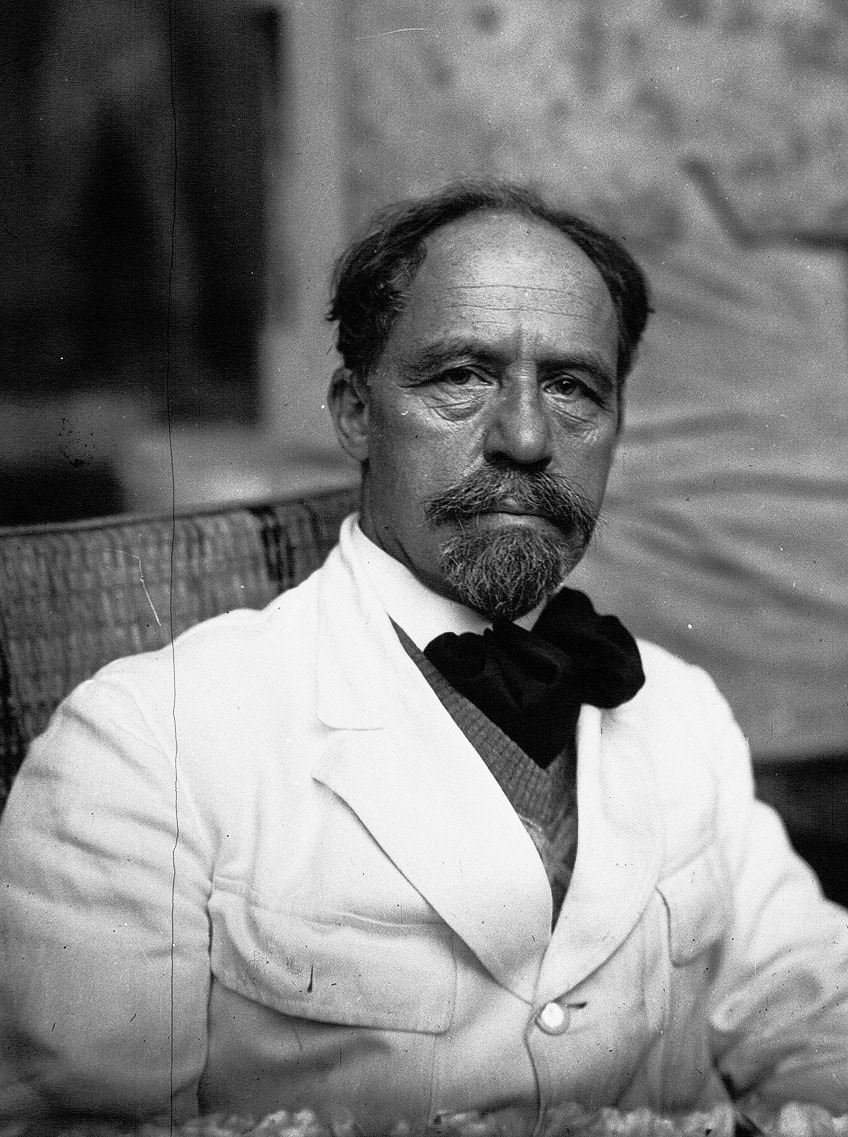
Landowski would later create a statue of himself for the Medical School as a type of gratitude and homage at the height of his career. This is how he gained his very exact understanding of anatomy, which he thought to be the foundation of a sculptor’s work; Landowski was certain that creativity and inventiveness could only be achieved via flawless technical proficiency. Landowski was admitted to the Institut de France in 1926, and a procession of celebrities passed through his workshop between the wars and left behind an excellent set of photographs.
In 1928 in Paris, the city authorized the “Sainte Genevieve” sculpture, then ordered the sculpture of “Montaigne” (1934), and the Mausoleum of Maréchal Foch. Paul Landowski thus became well-known worldwide.
After sculpting a monument of Sun Yat-sen for his tomb in the Purple Mountains near Nanjing at the suggestion of the Kuomintang executive committee in 1928, Landowski was tasked to design what is without a doubt his most notable piece, the Christ the Redeemer statue, at the invitation of Brazil and da Silva Costa, the architect of the structure.
History of the Famous Jesus Christ Statue in Brazil
In the mid-1850s, Vincentian clergyman Pedro Maria Boss proposed erecting a Christian memorial on Mount Corcovado to commemorate Princess Isabel, sovereign of Brazil and the child of Emperor Pedro II, but the idea was not accepted. The nation became a republic in 1889, and the intended Rio de Janeiro statue was rejected due to the division of religion and state.
In 1920, the Catholic Circle of Rio submitted a second proposal for a giant Jesus statue in Brazil atop the summit.
The organization planned “Monument Week” to raise funds and gather signatures in favor of the statue’s construction. The group was inspired by their perception of “Godlessness” in society. The majority of the gifts came from Brazilian Catholics. A picture of the Christian crucifix, a pedestal representing the earth, and a sculpture of Christ holding a globe, were among the ideas proposed for the Jesus Christ statue in Brazil.

The Cristo Redentor with extended arms was selected as a symbol of peace. The sculpture was initially designed by Heitor da Silva Costa, a local engineer, and Carlos Oswald. The sculpture was made by French artist Paul Landowski. Landowski recruited renowned Parisian Romanian sculptor Gheorghe Leonida, who pursued sculpture at Bucharest’s Fine Arts Conservatory and in Italy, in 1922.
After reviewing Landowski’s suggestions, a panel of engineers and technicians decided that creating the framework of strengthened concrete rather than steel would be more appropriate for the cross-shaped sculpture.
The base’s concrete was delivered from Limhamn, Sweden. The exterior layers are soapstone, which was chosen for its convenience and durability of usage. The monument was completed in nine years, from 1922 to 1931, for $250,000, and it was dedicated on the 12th of October, 1931. The landmark was supposed to be lighted for the inauguration ceremony by a system of headlights programmed distantly by the shortwave radio innovator Guglielmo Marconi, who was located 9,200 kilometers away in Rome, but the lighting was activated on-site owing to adverse weather.
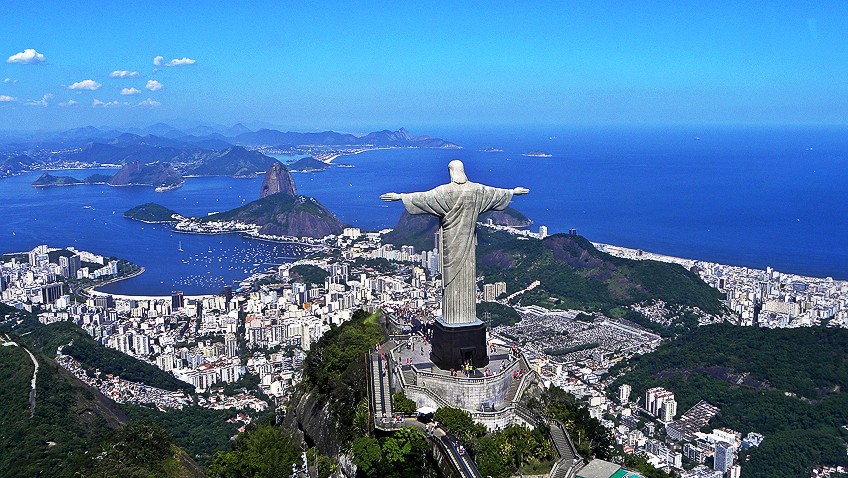
The Archbishop of Rio, on the 75th anniversary of the monument’s construction in October 2006, established a chapel underneath the statue named after Brazil’s patron saint, Our Lady of the Apparition, allowing Catholics to perform baptisms and weddings there. On the 10th of February, 2008, lightning hit the statue during a heavy thunderstorm, inflicting minor damage to the fingers, head, and brows. The state government of Rio de Janeiro launched a restoration operation to replace parts of the exterior soapstone layers and fix the monument’s lightning rods.
On the 17th of January, 2014, lightning struck it again, detaching a digit on the right hand. The extensive repair of the monument began in 2010. Cleaning, rebuilding mortar and soapstone on the façade, restoring iron in the interior construction, and waterproofing the statue were all part of the work.
During the restoration, vandals sprayed paint along the arm of the monument. The incident was described as an “atrocity against the nation” by Mayor Eduardo Paes. The perpetrators eventually apologized and surrendered to authorities.
Pirelli tires launched a 1998 ad in which he replaced the sculpture while dressed in an Inter Milan jersey, in homage to Brazil forward Ronaldo’s typical goal celebration with both arms outstretched. The Catholic Church was enraged by the commercial.
Restoration Efforts
Several groups, including the media firm Grupo Globo, the Archdiocese of Rio de Janeiro, the oil giant Shell do Brasil, the environmental agency IBAMA, and the Rio de Janeiro municipal government agreed to perform rehabilitation work in 1990. More renovation of the monument and its surroundings was done between 2003 and early 2010. To enable access to the platform around the monument, escalators, platforms, and lifts were erected in 2003. In 2010, a four-month renovation concentrated on the sculpture itself.
The structural integrity of the sculpture was repaired, as well as its soapstone mosaic coating, by eradicating a crust of fungus and other germs and mending microscopic cracks.
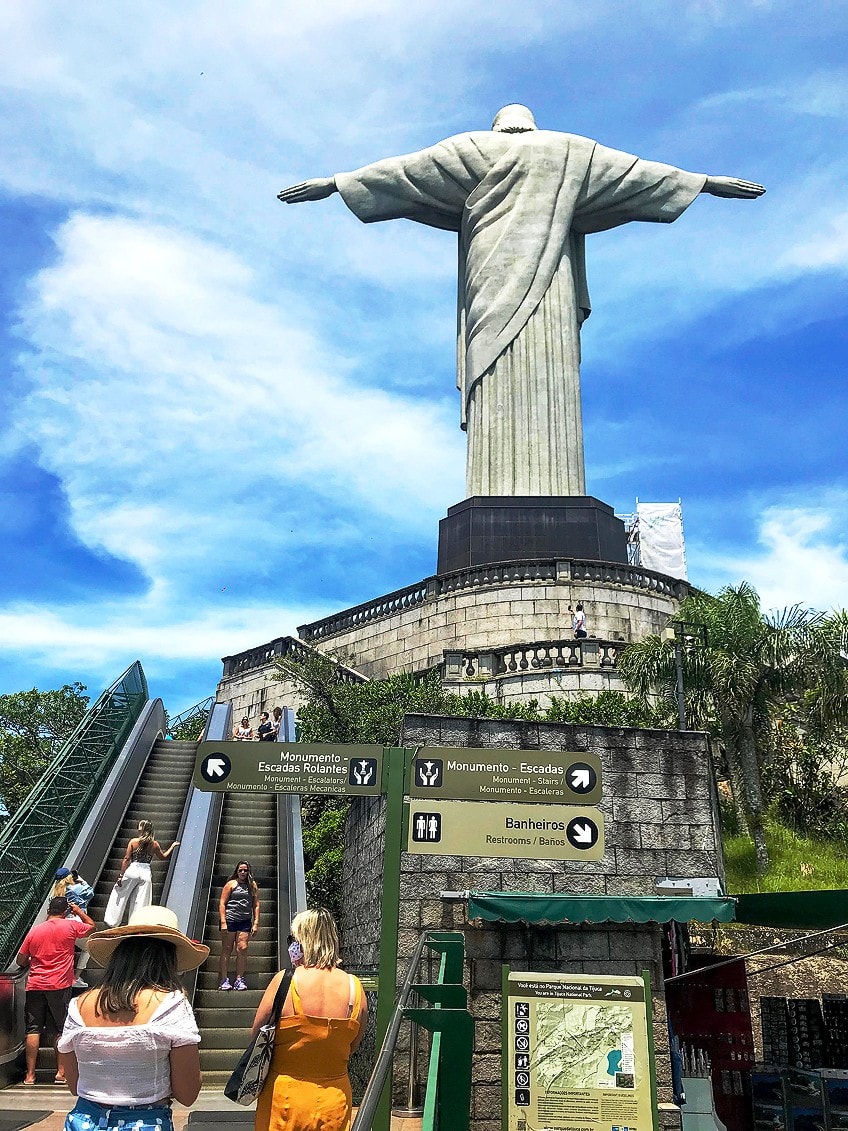
The lightning rods in the monument’s head and arms have also been restored, and new lighting fittings have been put at the statue’s base. One hundred workers were involved in the restoration, which employed more than 60,000 pieces of stone from the very same quarries as the initial monument.
During the unveiling of the rebuilt monument, it was lighted with yellow and green lighting in support of Brazil’s national football team, which is competing in the 2010 FIFA World Cup. Because of the intense winds and corrosion to which the monument is subjected, as well as lightning strikes, routine maintenance must be performed regularly.
The original light stone is no longer in adequate supply, and substitute stones are becoming darker in color.
One of the Seven Wonders of the Modern World
There are a few reasons that the giant Jesus statue in Brazil or Cristo Redentor is regarded as an iconic artwork. The famous Brazilian statue is renowned worldwide. The Jesus Christ statue in Brazil was selected as one of the Seven Wonders of the Modern World in 2007, defeating the Statue of Liberty in New York Harbor, which was just one of 21 candidates. The Brazilian monument is not as ancient and is smaller than Lady Liberty, but its felt presence is strong – the statue is everywhere in this South American metropolis, even though Lady Liberty was soon ignored on the sidewalks of New York City.
The monument, with the modest chapel beneath the pedestal, took five years to build and was dedicated on the 12th of October, 1931, making it not even a very ancient monument. So, what’s the big deal about the Brazilian statue of Christ? There are at least five compelling explanations.
Scale and Proportion
Christ takes on the appearance of a man, with human dimensions but super-human or superman stature. From a distance, the statue seems to be a cross in the heavens. Close up, the immensity of the statue dwarfs the human figure. The human spirit is intrigued and humbled by this contradiction of proportion. The ancient Greeks understood the importance of proportion and size in design.

The “holy geometry” of the Vitruvian Man image, with arms extended inside squares and circles, was popularized by Leonardo da Vinci, although it was architect Marcus Vitruvius who noted and recorded the measurements of the human form – long before Jesus Christ was born.
The Christian Latin cross has great importance, although its basic shape may be linked back to ancient Greece.
Aesthetics
The design and materials of the statue are very beautiful. The arms outstretched produce the sacred image of the Apse, a symmetry that not only strikes the human sight but also invokes deep feelings as religious iconography.
The materials used to build the Christ the Redeemer monument are bright in hue, radiating light from the sun, moon, and nearby spotlights.

Even if it were not possible for one to observe the sculpted intricacies, the picture of a white cross remained. The monument is in the art deco form, yet it is as friendly and welcoming as any Renaissance religious icon.
Construction and Preservation
Building a massive yet delicate-looking structure at the top of a very high mountain was a feat comparable to constructing the famous skyscrapers that were being built in New York City and Chicago at the same time. Actual physical construction did not commence until 1926 when the pedestal and church were built.
On top of the base, scaffolding in the shape of an extended person was built. Workers were brought up the mountain by rail to erect the steel mesh that would strengthen the concrete.
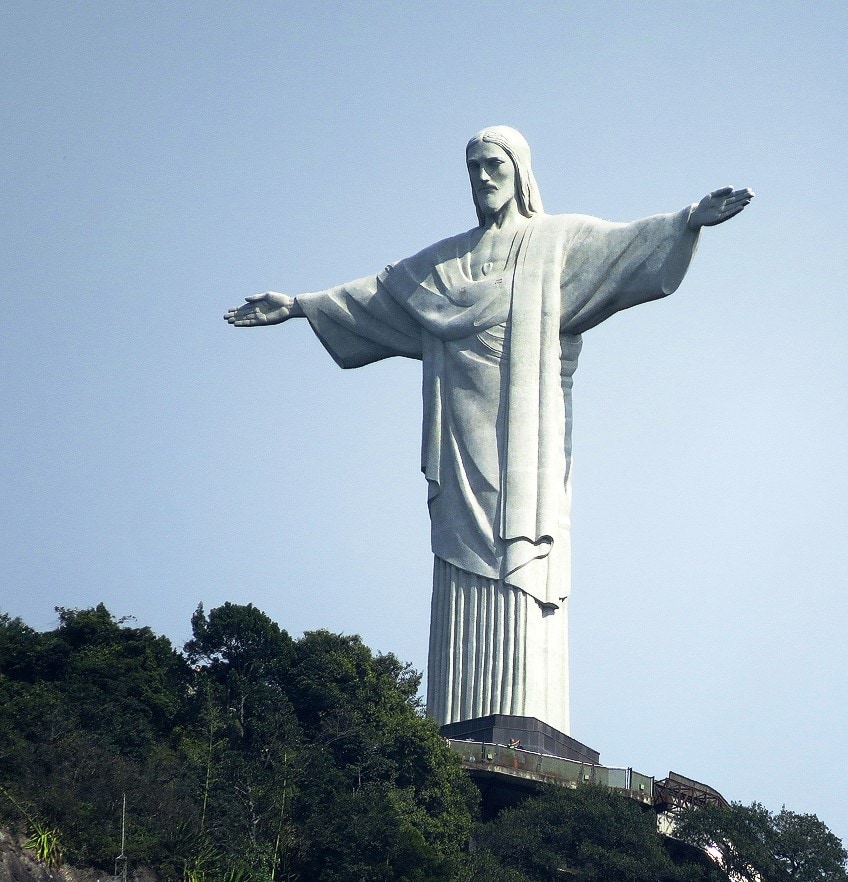
The size of any major structure adds to the “wow” effect of architecture. Each hand on the monument is 10.5 feet long. Thousands of soapstone triangular tiles are set into the steel-reinforced concrete. Since its completion in 1931, Cristo Redentor has withstood the weather, including multiple lightning hits.
Designers anticipated ongoing maintenance by including interior rooms with entry doors to various portions of the monument. Professional cleaning businesses, such as Karcher North America, have been observed washing the tiles while riding a hand.
Symbolism
Symbolic architectural sculpture, such as the western elevation of the United States Supreme Court building, or perhaps the figures on the pediment of the New York Stock Exchange, is common. Statues are frequently used to communicate a corporation’s or a group of people’s beliefs or values. Statues, such as the Martin Luther King, Jr. statue, have also been used to represent a person’s life and work.
Artwork, like the Christ the Redeemer statue, can have various meanings – the symbol of the crucifix is forever prevalent on a mountaintop, a commemoration of the crucifixion, a representation of God’s light, God’s powerful, affectionate, and gentle human face, and the great blessing of a society by an ever-existing divinity.
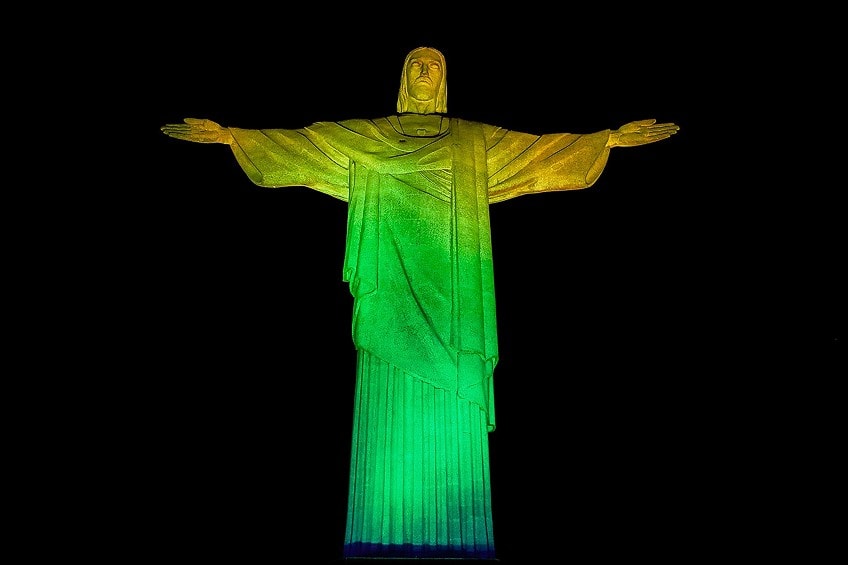
Collaboration in Architecture
If architecture encompasses everything in the built world, we must consider the function of this monument in the same way that we would any other construction. What brings it here? The positioning of the structure on the site, like that of other buildings, is critical. The monument has become a symbol of people’s protection. The monument, like Christ himself, shields the city landscape, like a ceiling over one’s head.
“Cristo Redentor” is as necessary as any other refuge. The soul is protected by the renowned Brazilian statue.

Heitor da Silva Costa, a Brazilian engineer, and architect designed the monument. Da Silva Costa drew a figure of Christ when the foundation was placed in 1922. While he won the sculpture design contest, it’s possible that the open concept was the brainchild of Carlos Oswald, who worked with da Silva Costa on the finalized versions. Landowski created scale versions of the concept at his workshop in France and sculpted the hands and head separately. Because this building would be exposed to the extremes of rain and wind, French engineer Albert Caquot provided extra construction direction.
It’s quite incredible how many individuals it takes to turn a building concept into a reality. When we consider all of the people engaged in a project like this, we may pause and consider that teamwork may be the true cause for the popularity of the monument. Nobody can accomplish it on their own. This is a spiritual and emotional example of architecture.
Take a look at our Jesus statue in Brazil webstory here!
Frequently Asked Questions
Who Designed the Jesus Christ Statue in Brazil?
Several people were responsible for the creation of the monument. It was originally designed by Heitor da Silva Costa, a Brazilian engineer, and architect. When the foundation was laid in 1922, da Silva Costa sketched a depiction of Christ. Although he won the statue design competition, it’s possible that the open-arm design was the brainchild of artist Carlos Oswald, who worked with da Silva Costa on the final designs. Landowski sculpted the hands and head separately in his workshop in France, creating scale models of the concept. Because this building would be exposed to strong winds and rain, French engineer Albert Caquot provided additional construction instructions.
Why Was the Giant Jesus Statue in Brazil Created?
The Catholic Circle of Rio proposed a plan for a massive Jesus statue atop the peak in Brazil in 1920. The group organized Monument Week in order to generate finances and signatures in support of the statue’s erection. The group was urged on by their belief in society’s so-called Godlessness. Brazilian Catholics provided the majority of the contributions. One of the ideas proposed for the Jesus Christ statue in Brazil was a picture of the crucifix, a sculpture of Christ clutching a globe, and a pedestal symbolizing the world. As a symbol of peace, the Cristo Redentor statue was chosen.
Isabella studied at the University of Cape Town in South Africa and graduated with a Bachelor of Arts majoring in English Literature & Language and Psychology. Throughout her undergraduate years, she took Art History as an additional subject and absolutely loved it. Building on from her art history knowledge that began in high school, art has always been a particular area of fascination for her. From learning about artworks previously unknown to her, or sharpening her existing understanding of specific works, the ability to continue learning within this interesting sphere excites her greatly.
Her focal points of interest in art history encompass profiling specific artists and art movements, as it is these areas where she is able to really dig deep into the rich narrative of the art world. Additionally, she particularly enjoys exploring the different artistic styles of the 20th century, as well as the important impact that female artists have had on the development of art history.
Learn more about Isabella Meyer and the Art in Context Team.
Cite this Article
Isabella, Meyer, ““Christ the Redeemer” Statue – An Analysis of the Giant Jesus Statue.” Art in Context. April 20, 2022. URL: https://artincontext.org/christ-the-redeemer-statue/
Meyer, I. (2022, 20 April). “Christ the Redeemer” Statue – An Analysis of the Giant Jesus Statue. Art in Context. https://artincontext.org/christ-the-redeemer-statue/
Meyer, Isabella. ““Christ the Redeemer” Statue – An Analysis of the Giant Jesus Statue.” Art in Context, April 20, 2022. https://artincontext.org/christ-the-redeemer-statue/.


